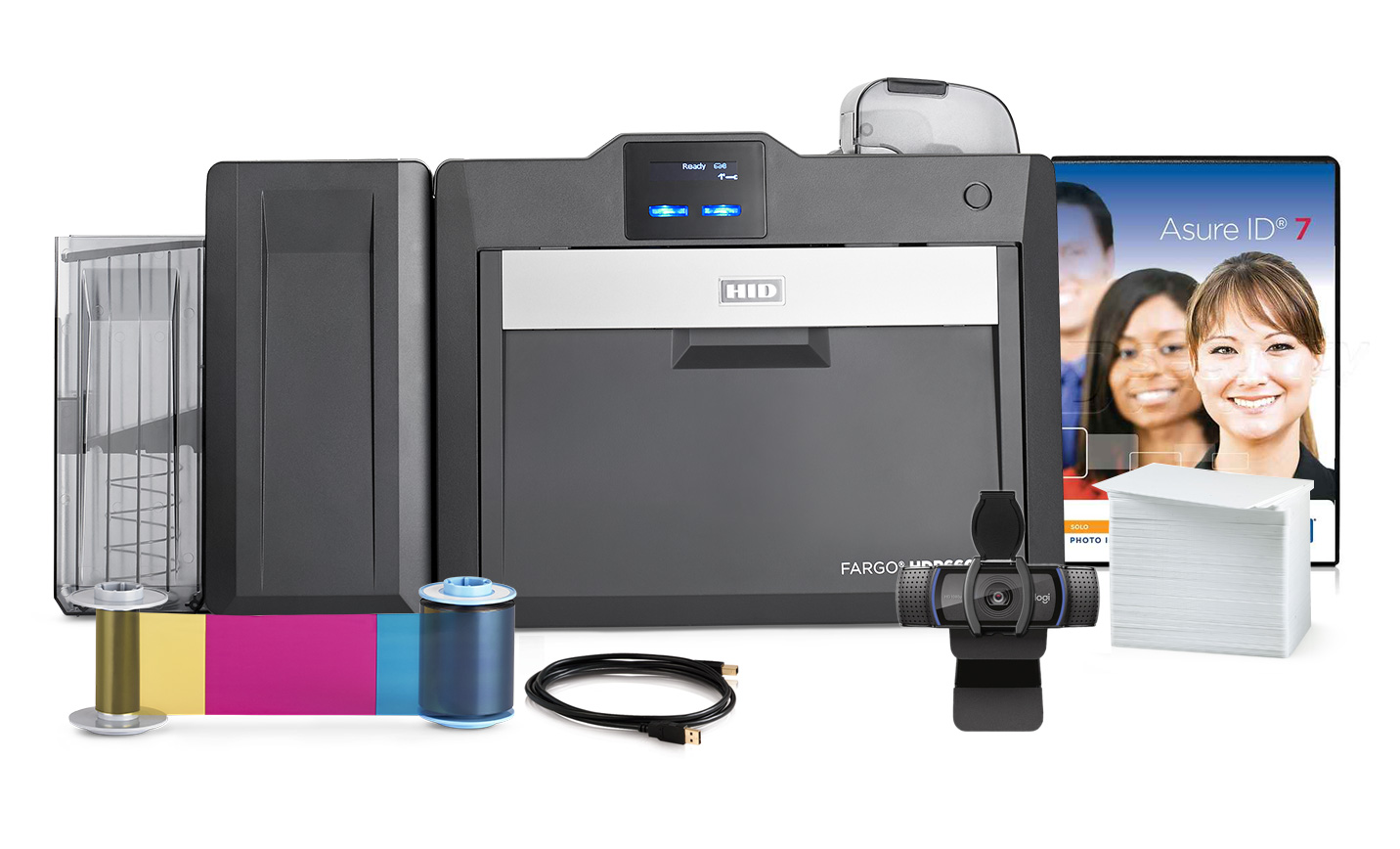
ADVANTIDGE Technology & Security Trends; What’s in Store for 2022 Business Operations
Whether you’re an IT or Security leader, part of an enterprise looking to achieve industry compliance, or an innovation enthusiast, many of the tech and security trends below lend us some insight into 2022 business initiatives.
1. Transition from On-Prem to Cloud Based
At the end of 2021, 67% of all enterprise infrastructure was cloud-based and 81% of all enterprises reported utilizing a multi-cloud strategy (Mcafee 21.) The cloud shift is largely due to its perceived benefit of flexibility and on-demand capacity for hosting important business data and network resources. Over $1.3 trillion in IT spending will be affected in some way by the shift to the cloud in 2022. The table below outlines the percentage of spending shifts, as organizations continue to adopt more cloud-based applications.
Table 1: Cloud Shift Proportion by Category
| 2018 | 2019 | 2020 | 2021 | 2022 | |
| System infrastructure | 11% | 13% | 16% | 19% | 22% |
| Infrastructure software | 13% | 15% | 17% | 18% | 20% |
| Application software | 34% | 36% | 38% | 39% | 40% |
| Business process outsourcing | 27% | 28% | 29% | 29% | 30% |
| TOTAL Spending Shift | 19% | 21% | 24% | 26% | 28% |
Source: Gartner ( 2018)
While there are many benefits of shifting to cloud-based business operations, it does not come without its challenges. IT departments cite security as one of the most important factors in migrating to and maintaining these technologies. While some organizations still rely on “on-prem” architecture and leverage physical access control to deter breaches in security, moving everything to the cloud creates a whole new set of risks to companies’ assets & resources.
ADVANTIDGE logical access control solutions leverage the latest generation of technologies for secure logon to cloud-based apps and access to proprietary company data. Check out our MFA solutions here.
2. Migration from Physical to Digital Credentials and Readers
While the migration from physical to digital credentials is increasing, some organizations still believe their physical access control system is “good enough,” just because they haven’t had a breach yet. These days, however, security breaches are not a matter of IF, they’re a matter of when. Here are a few good reasons below why trends show organizations are making physical access control upgrades:
- Upgrades to digitally secure credentials
Continued use of legacy systems such as magnetic stripe cards, barcode technology, and 125 kHz Prox cards leave organizations vulnerable to credential cloning. Legacy systems have increasingly demonstrated to IT departments the ease with which even the least sophisticated of bad actors can implement spoofing or duplication.
Many organizations’ transition to digital has allowed IT departments much more control over the rollout and management of their access control applications. IT can customize the credentials for employees and leverage the use of MobileID.
Mobile access control on smartphones enables a more hassle-free security experience for users. They can carry all of their access credentials on a device they carefully protect and rarely lose or forget, compared to a physical fob or key. HID’s Seos® credential technology, for example, leverages widely reviewed open standards and best-in-class cryptography, so security and convenience for your team go hand in hand.
Check out our blog on HID Card comparisons to determine which may be the next step up for your organization.
- Multi-Technology, Mobile-Enabled Access Control Readers
While there is a steady increase in cyber threats and security breaches, many enterprises still don’t take into consideration how much downtime, costs, and reputation loss they could forfeit during & after a data breach. In almost every case, that won’t cost as much as the investment and time were taken to implement preventative security systems.
Yet, there’s still a misconception that migration to a modern system has to happen all at once, which discourages many businesses from upgrading. However, just upgrading your readers to OSDP, can help organizations phase into more secure access control technologies at a safe and manageable pace. Modernizing your reader technology can be frictionless, so you can stay ahead of the curve.IT & Security leaders who migrate their readers to open technologies improve their organization’s security capabilities while still preserving earlier investments.
- Going Eco-Friendly
Given the demand for more eco-friendly practices by large enterprises, it’s not a secret that moving to digital massively cuts down the waste of material manufacturing and production.
Not only does replacing physical cards and keys with digital systems cut down on waste, but it also gives your team the flexibility of using MobileID. Additionally, mobile access allows for a contactless authentication process. Between eco-friendly moves and health consciousness related to touchless technologies, some organizations are steadily following this trend, while others are lagging.
3. Manual Processes vs. Automation
COVID certainly paved the way for an automated, digital, and contactless work environment. Common use cases for automating access control applications shifted in 2020, with respondents citing identification, including issued photo ID badges (74 percent in 2020, 80 percent in both 2019 and 2017), logical access to IT resources (70 percent in 2020, 68 percent in 2019, 71 percent in 2017) and visitor management (60 percent in 2020) (HID State of Access Control Report, 2021).
Replacing manual processes within access control has made organizations much more efficient and secure. For example, automating identity verification & registration for visitors or guests increases security by eliminating human error that is involved in manual check-in processes. Additionally, automation can alert and detect incidents or breach attempts so that organizations can respond much faster to threats.
_____
If you’re worried you’re not keeping up with some of these security trends and your access control systems are still largely physical, you’re probably already aware of the security implications. Additionally, with the evolution of threats, your industry’s compliance requirements are likely getting stricter, and for good reason.
Talk to ADVANTIDGE today, to learn how we can help you migrate to digital, automated, eco-friendly, and compliant access control systems.


